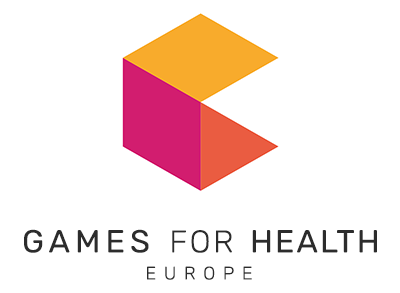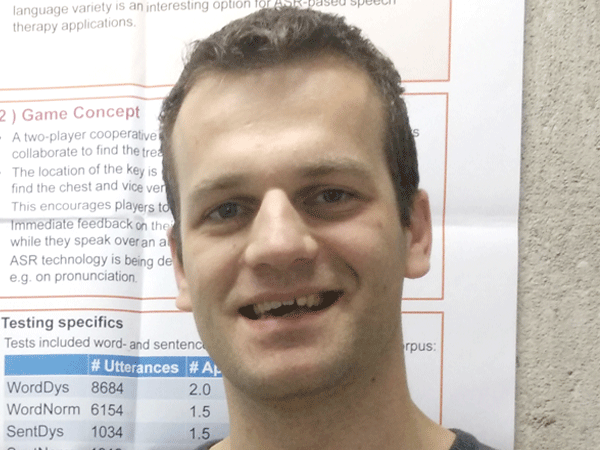Mario Ganzeboom
Biography
Mario Ganzeboom obtained his bachelor degree in software development at the Saxion University of Applied Sciences in Enschede. During this study he grew an interest in interface design and the ways how man and machine can interact. At the University of Twente he continued his studies in this direction by obtaining a master degree in Human Media Interaction. His thesis was on gesture recognition and interaction using a dataglove. Unfortunately, a PhD position to his interest was not immediately available after his thesis. In the meantime he worked as a scientific programmer at the linguistics department of the University of Groningen, developing software to support researchers in their work. Near the end of the contract he applied for the PhD position at the Centre for Language and Speech Technology at the Radboud University Nijmegen where he is currently employed. His research focuses on the automatic recognition of dysarthric speech, its application in speech therapy and how serious gaming can be applied to make therapy more motivating.
PRESENTATION
Speech therapy through interactive gaming with automatic speech recognition
A phenomenon characterizing an ageing population is the increasing incidence of neurological disorders that can lead to communicative impairments, which in turn require intensive, time-consuming and expensive therapy. One way to address this challenge is to resort to creative solutions involving games which have the two-fold advantage of making a) patients more autonomous and therefore less dependent on therapists, and b) therapy more fun, and therefore motivating.
In the CHASING (CHAllenging Speech training in neurological patients by INteractive Gaming) project, research is being conducted to explore the role of multimedia games incorporating advanced Automatic Speech Recognition (ASR) technology to provide speech therapy with automatic feedback to patients affected by dysarthria, a motor speech disorder.
In developing the game, the input of potential users was used to adapt and improve multiple prototypes of the game. For example, tests of initial concepts showed that patients preferred a cooperative mode of play, which led the current version to be a two player cooperative game. Test of more advanced game concepts indicated that integrating indirect feedback on speech as part of the gameplay appeared difficult for patients to understand and process. A more direct approach was found easier in that respect. The continuous adaptation process led to the current version of the game which will be presented at the conference. In the meantime, experiments have been conducted with this game and patients have been asked about their experience and appreciation of the game-based therapy. Also these results will be presented at the conference.

